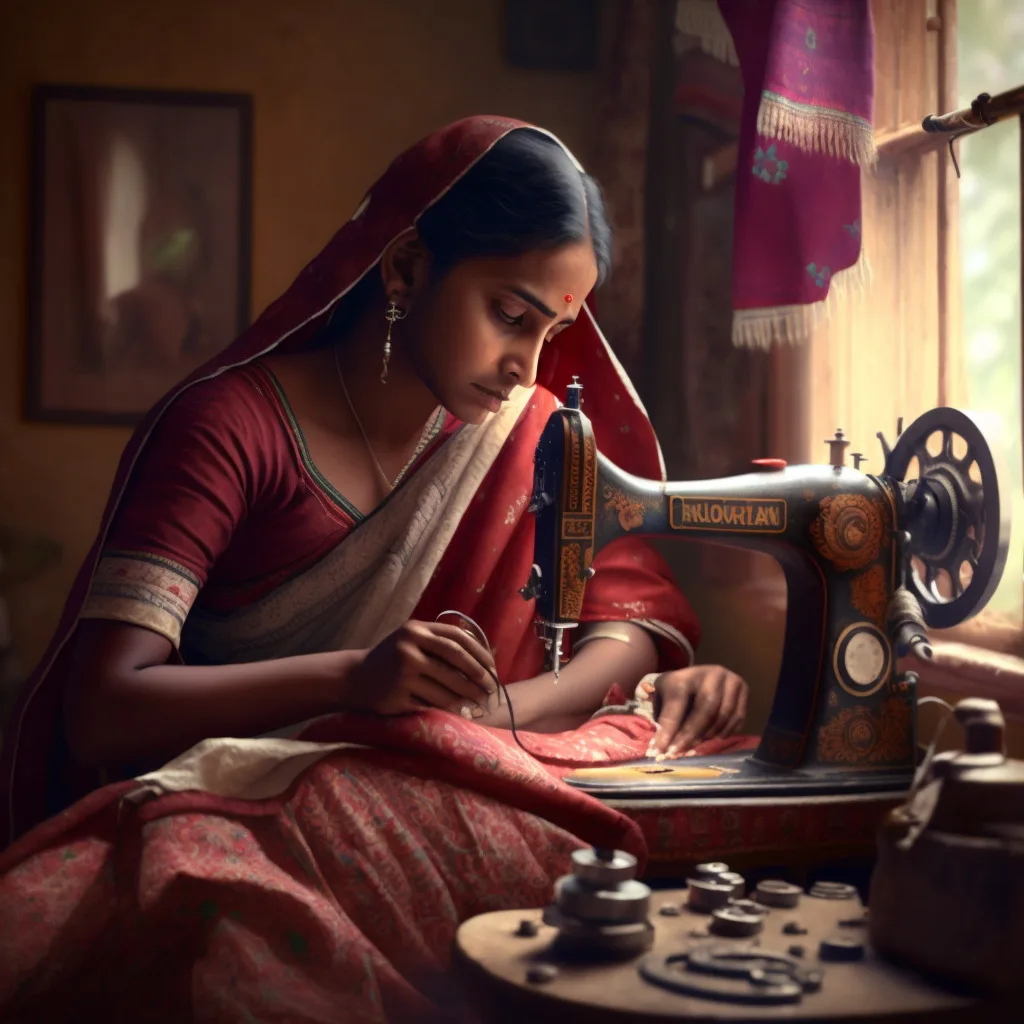Tailor Perth Insights: Discover the Art of Fine Tailoring in Perth
Understanding the Tailoring Refine: From Fabric Choice to Final Fitting for the Perfect Wardrobe
The tailoring process is a complex interaction of art and scientific research, beginning with the critical choice of material choice and culminating in the accurate modifications of final fittings. Each fabric kind brings one-of-a-kind qualities that influence not just the visual allure however likewise the garment's long life and viability for different events. Understanding the nuances of tailoring techniques can elevate one's closet to unmatched levels of sophistication. As we explore these aspects better, one need to think about how also the smallest details can substantially impact the overall result of one's personal design.
Value of Fabric Option
Choosing the ideal material is essential in the customizing procedure, as it directly affects the comfort, resilience, and general visual of the final garment (tailor perth). The choice of textile sets the foundation for the garment's functionality, design, and efficiency. Different textiles have unique properties, such as stretch, breathability, and weight, which can dramatically affect how the garment drapes and fits the body
Additionally, material option affects the garment's long life and convenience of treatment. Top notch textiles can withstand damage, maintaining their appearance and framework in time, while lower-quality products might cause pilling or fading. Additionally, the appropriate material adds to the garment's capacity to change throughout occasions and periods, therefore boosting convenience.
A customized piece made from a proper material not only showcases workmanship yet additionally elevates the user's self-confidence. Comprehending the subtleties of material selection is paramount for any kind of customizing endeavor. It ensures that the final item not only fulfills the aesthetic needs of the client yet likewise aligns with useful requirements, thereby attaining a harmonious equilibrium between kind and feature in the customized wardrobe.
Kinds Of Fabrics and Their Uses
Recognizing the various sorts of fabrics offered is vital for making educated decisions throughout the tailoring process. Each textile possesses one-of-a-kind attributes that dictate its suitability for details garments and occasions.
Its flexibility enables it to be customized right into everything from t shirts to gowns. Its all-natural flexibility helps garments preserve shape over time.
Silk emanates deluxe and is lightweight, making it best for eveningwear and fragile shirts; however, it needs mindful handling as a result of its fragility. Linen, with its textured finish, is a popular selection for cozy climates, offering a crisp and ventilated feel, however it wrinkles quickly, which might influence the garment's look.
Artificial fabrics, such as polyester and nylon, offer resilience and resistance to wrinkles, making them suitable for everyday wear and active clothes. Comprehending these material types and their residential properties enables far better decision-making, ensuring that each tailored item not just fits well yet additionally straightens with the designated function and event.
The Tailoring Methods Discussed
The art of tailoring relies upon a variety of techniques that transform material into well-fitted garments. Central to this process is pattern composing, where a tailor produces design templates based on the customer's measurements and preferred style. This first action makes sure that the garment will fit the wearer effectively before any type of cutting takes place.
As soon as address patterns are developed, reducing methods come into play. Accuracy is extremely important as errors can cause misfitting garments. Tailors commonly use various cutting methods, such as single-layer reducing for elaborate designs and multiple-layer reducing for effectiveness on common patterns.
Basting is one more important strategy, enabling tailors to briefly stitch textile assemble for a preliminary fitting. This method uses the opportunity to analyze the drape and overall silhouette prior to final sewing.
Seaming techniques, consisting of french seams and flat-felled joints, improve the garment's longevity and aesthetic allure. Tailors also use methods such as interfacing and padding to supply framework and form to certain areas, like shoulders and collars.
Lastly, completing techniques, consisting of hemming and side finishing, ensure the garment's long life while providing a refined appearance. With each other, these techniques develop the foundation of reliable customizing, resulting in charming, tailor-made apparel.
Suitable Adjustments and Considerations

Key considerations consist of the shoulder fit, which should neither sag neither limit movement, and the sleeve size, which need to permit for comfy arm movement while maintaining a refined look. In addition, changes at the waist can improve the shape, with alternatives to allow out or absorb fabric as needed.
The surge of pants is an additional critical variable; it must rest pleasantly Get the facts above the hips without causing pain, allowing for ease of activity. Hemming lengths for both trousers and skirts must reflect the wearer's recommended style while valuing proportions.

Preserving Your Tailored Wardrobe
Correct upkeep of tailored garments is vital to preserving their fit and look over time. To guarantee durability, normal cleaning is critical. Always comply with the care tag instructions, which may recommend dry cleaning for delicate textiles or equipment cleaning for even more long lasting materials. Avoid frequent laundering, as this can wear down the fabric and alter the garment's shape.
Storage is similarly crucial; use padded wall mounts for coats and jackets to keep shoulder framework, and store pants folded up nicely or hung to stop creasing. Safeguard garments from direct sunshine, which can fade shades and damage fibers.
In addition, regular assessments for minor repairs can stop bigger problems. Look for loosened buttons, tearing joints, or signs of moth damages, attending to these issues without delay to preserve the garment's integrity.
Finally, consider seasonal rotation. Putting on tailored items in small amounts allows fabrics to recuperate, extending their life-span. By carrying out these maintenance approaches, you can make certain that your tailored straight from the source garments stay as excellent as the day you first wore them, enhancing your optimal wardrobe for many years to come.
Final Thought
The tailoring process, incorporating material selection, knowledgeable methods, and specific fitting modifications, plays a crucial function in creating garments that improve both convenience and design. Each stage adds to the total performance of the end product, guaranteeing that clothing not just fits well but likewise shows specific identification. Recognizing the relevance of maintenance prolongs the life of customized garments, strengthening their value in a well-curated wardrobe. A thorough technique to tailoring finishes in a confident and sleek appearance.
Choosing the best fabric is critical in the customizing procedure, as it directly affects the convenience, longevity, and general aesthetic of the last garment. The choice of fabric establishes the foundation for the garment's functionality, efficiency, and style. Various materials have unique buildings, such as breathability, stretch, and weight, which can considerably impact just how the garment drapes and fits the body.
The art of customizing relies on a range of strategies that transform textile into well-fitted garments.The tailoring process, encompassing textile choice, experienced methods, and exact fitting adjustments, plays a crucial role in producing garments that enhance both comfort and design.